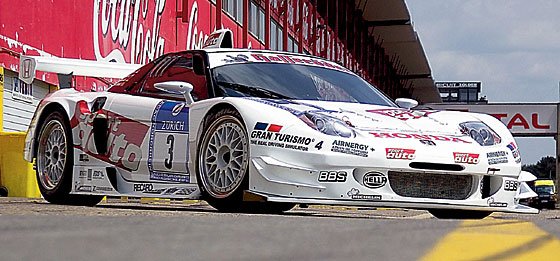We have the ScienceofSpeed Exact Fit Hatch & JGTC Ducts on special until the end of March. Limited to stock availability.
ScienceofSpeed Exact Fit Duracoat Race Hatch (no duct) - $100.00 off
ScienceofSpeed Exact Fit Duracoat Race Hatch with FRP Duct Kit - $150.00 off
ScienceofSpeed Exact Fit Duracoat Race Hatch with Carbon Duct Kit - $150.00 off
Some information on this product:
This engine hatch is unique in it's true molded construction. The ScienceofSpeed engine hatch is the only polycarbonate hatch that is produced by molding. Other engine hatches use a flat sheet of acrylic that is sandwiched between two factory glass hatches. This does not result in a very accurate replication of the factory hatch glass as the first factory glass forms the top surface of the resulting plastic hatch with the incorrect (bottom) surface. This results in gaps, bowing, and a poorly fitting hatch. The acrylic hatch is also prone to cracking and hazzing.
The ScienceofSpeed Race hatch differs by using a reverse fiberglass mold. Polycarbonate Lexan material is used with a scratch resistant hard coat layer on the surface and anti-fogging layer on the inside. Being reverse molded, the resulting window hatch is a direct replica of the factory glass which retains the factory glass curvature, clarity, and fit. The hatch also includes the same black out border found on the stock glass. A multi-piece router fixture is then used to cut and trim the resulting hatch to the exact size of the factory glass. Although this process is complex, it results in a replacement hatch that once mounted can not be easily differentiated from factory glass. The ScienceofSpeed Race Hatch is the only hatch to be so precise that even the factory edging molding easily slips on.
best regards,
-- Chris

ScienceofSpeed Exact Fit Duracoat Race Hatch (no duct) - $100.00 off
ScienceofSpeed Exact Fit Duracoat Race Hatch with FRP Duct Kit - $150.00 off
ScienceofSpeed Exact Fit Duracoat Race Hatch with Carbon Duct Kit - $150.00 off
Some information on this product:
This engine hatch is unique in it's true molded construction. The ScienceofSpeed engine hatch is the only polycarbonate hatch that is produced by molding. Other engine hatches use a flat sheet of acrylic that is sandwiched between two factory glass hatches. This does not result in a very accurate replication of the factory hatch glass as the first factory glass forms the top surface of the resulting plastic hatch with the incorrect (bottom) surface. This results in gaps, bowing, and a poorly fitting hatch. The acrylic hatch is also prone to cracking and hazzing.
The ScienceofSpeed Race hatch differs by using a reverse fiberglass mold. Polycarbonate Lexan material is used with a scratch resistant hard coat layer on the surface and anti-fogging layer on the inside. Being reverse molded, the resulting window hatch is a direct replica of the factory glass which retains the factory glass curvature, clarity, and fit. The hatch also includes the same black out border found on the stock glass. A multi-piece router fixture is then used to cut and trim the resulting hatch to the exact size of the factory glass. Although this process is complex, it results in a replacement hatch that once mounted can not be easily differentiated from factory glass. The ScienceofSpeed Race Hatch is the only hatch to be so precise that even the factory edging molding easily slips on.
best regards,
-- Chris








